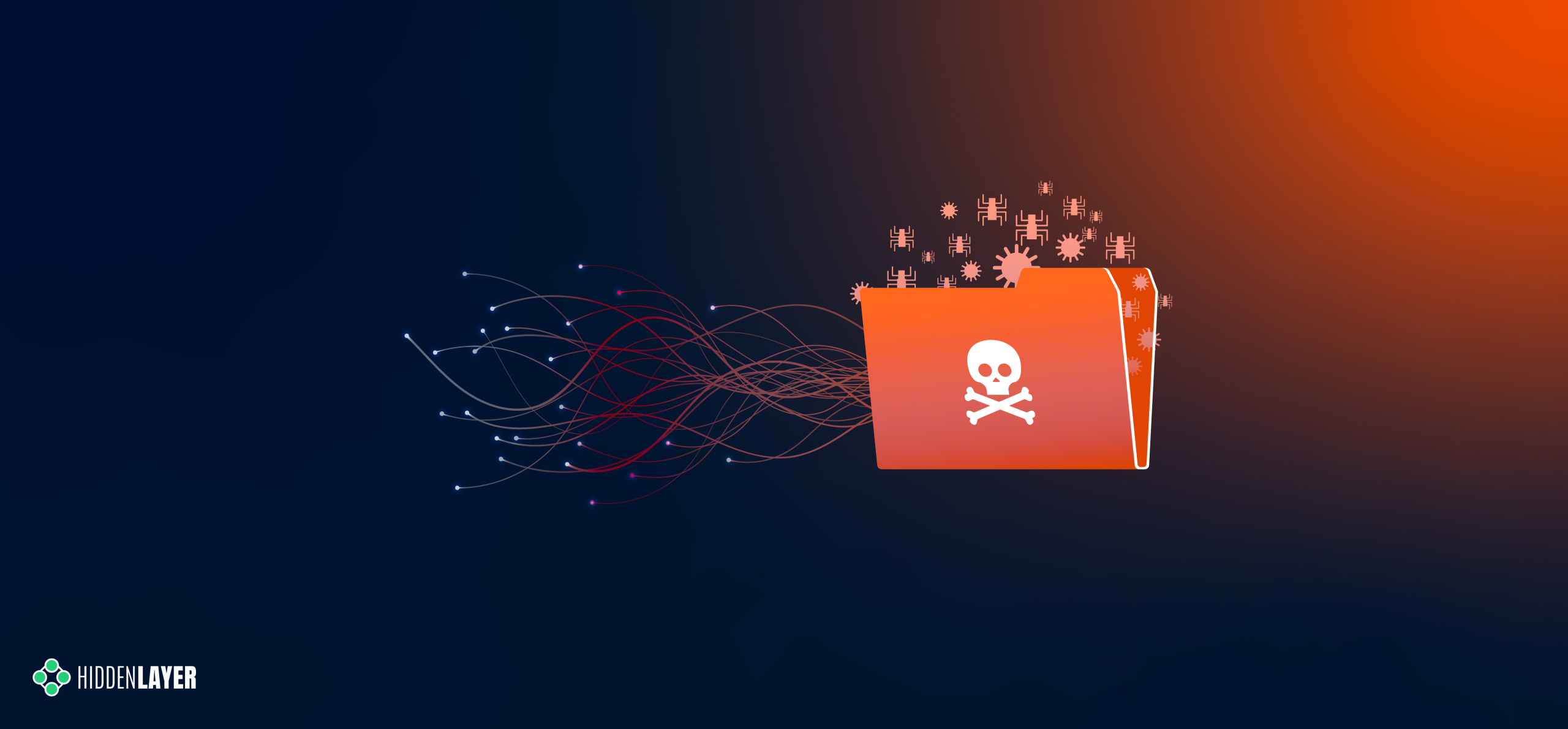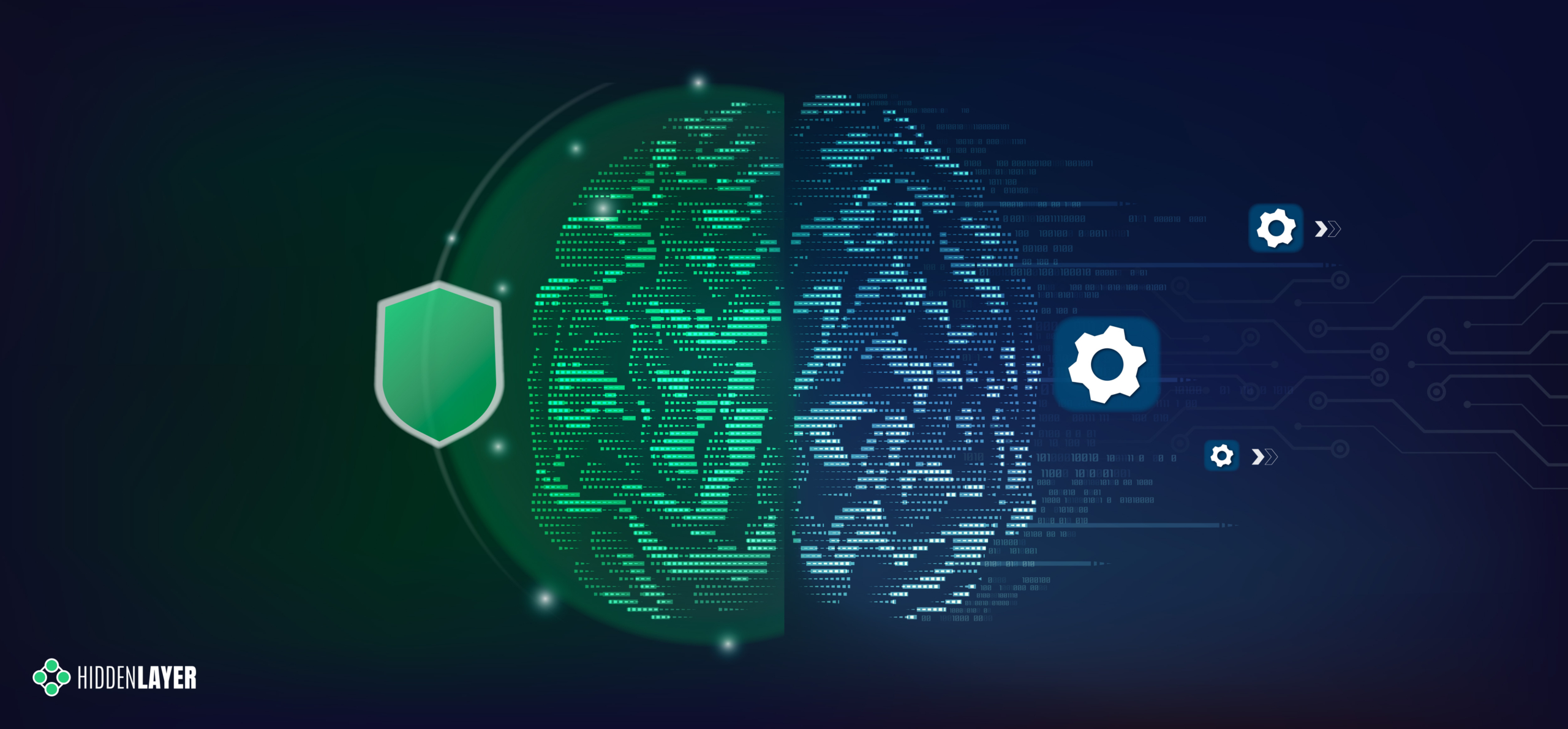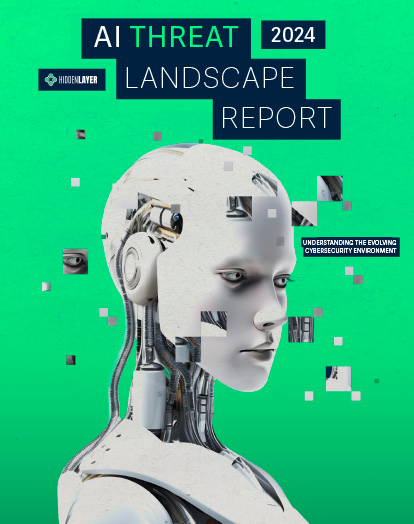Today, AI is woven into everyday technology, driving everything from personalized recommendations to critical healthcare diagnostics. But what happens if the data feeding these AI models is tampered with? This is the risk posed by AI data poisoning—a targeted attack where someone intentionally manipulates training data to disrupt how AI systems operate. Far from science fiction, AI data poisoning is a growing digital security threat that can have real-world impacts on everything from personal safety to financial stability.
What is AI Data Poisoning?
AI data poisoning refers to an attack where harmful or deceptive data is mixed into the dataset used to train a machine learning model. Because the model relies on training data to “learn” patterns, poisoning it can skew its behavior, leading to incorrect or even dangerous decisions. Imagine, for example, a facial recognition system that fails to correctly identify individuals because of poisoned data or a financial fraud detection model that lets certain transactions slip by unnoticed.
Data poisoning can be especially harmful because it can go undetected and may be challenging to fix once the model has been trained. It’s a way for attackers to influence AI, subtly making it malfunction without obvious disruptions.
How Does Data Poisoning Work?
In AI, the quality and accuracy of the training data determine how well the model works. When attackers manipulate the training data, they can cause models to behave in ways that benefit them. Here are the main ways they do it:
- Degrading Model Performance: Here, the attacker aims to make the model perform poorly overall. By introducing noisy, misleading, or mislabeled data, they can make the model unreliable. This might cause an image recognition model, for example, to misidentify objects.
- Embedding Triggers in the Model (Backdoors): In this scenario, attackers hide specific patterns or “triggers” within the model. When these patterns show up during real-world use, they make the model behave in unexpected ways. Imagine a sticker on a stop sign that confuses an autonomous vehicle, making it think it’s a yield sign and not a stop.
- Biasing the Model’s Decisions: This type of attack pushes the model to favor certain outcomes. For instance, if a hiring algorithm is trained on poisoned data, it might show a preference for certain candidates or ignore qualified ones, introducing bias into the process.
Why Should the Public Care About AI Data Poisoning?
Data poisoning may seem technical, but it has real-world consequences for anyone using technology. Here’s how it can affect everyday life:
- Healthcare: AI models are increasingly used to assist in diagnosing conditions and recommending treatments. Patients might receive incorrect or harmful medical advice if these models are trained on poisoned data.
- Finance: AI powers many fraud detection systems and credit assessments. Poisoning these models could allow fraudulent transactions to bypass security systems or skew credit assessments, leading to unfair financial outcomes.
- Security: Facial recognition and surveillance systems used for security are often AI-driven. Poisoning these systems could allow individuals to evade detection, undermining security efforts.
As AI becomes more integral to our lives, the need to ensure that these systems are reliable and secure grows. Data poisoning represents a direct threat to this reliability.
Recognizing a Poisoned Model
Detecting data poisoning can be challenging, as the malicious data often blends in with legitimate data. However, researchers look for these signs:
- Unusual Model Behavior: If a model suddenly begins making strange or obviously incorrect predictions after being retrained, it could be a red flag.
- Performance Drops: Poisoned models might start struggling with tasks they previously handled well.
- Sensitive to Certain Inputs: Some models may be more likely to make specific errors, especially when particular “trigger” inputs are present.
While these signs can be subtle, it’s essential to catch them early to ensure the model performs as intended.
How Can AI Systems Be Protected?
Combatting data poisoning requires multiple layers of defense:
- Data Validation: Regularly validating the data used to train AI models is essential. This may involve screening for unusual patterns or inconsistencies in the data.
- Robustness Testing: By stress-testing models with potential adversarial scenarios, AI engineers can determine if the model is overly sensitive to specific inputs or patterns that could indicate a backdoor.
- Continuous Monitoring: Real-time monitoring can detect sudden performance drops or unusual behavior, allowing timely intervention.
- Redundant Datasets: Using data from multiple sources can reduce the chance of contamination, making it harder for attackers to poison a model fully.
- Evolving Defense Techniques: Just as attackers develop new poisoning methods, defenders constantly improve their strategies to counteract them. AI security is a dynamic field, with new defenses being tested and implemented regularly.
How Can the Public Play a Role in Security for AI?
Although AI security often falls to specialists, the general public can help foster a safer AI landscape:
- Support AI Security Standards: Advocate for stronger regulations and transparency in AI, which encourage better practices for handling and protecting data.
- Stay Informed: Understanding how AI systems work and the potential threats they face can help you ask informed questions about the technologies you use.
- Report Anomalies: If you notice an AI-powered application behaving in unexpected or problematic ways, reporting these issues to the developers helps improve security.
Building a Secure AI Future
AI data poisoning highlights the importance of secure, reliable AI systems. While it introduces new threats, AI security is evolving to counter these dangers. By understanding AI data poisoning, we can better appreciate the steps needed to build safer AI systems for the future.
When well-secured, AI can continue transforming industries and improving lives without compromising security or reliability. With the right safeguards and informed users, we can work toward an AI-powered future that benefits us all.




